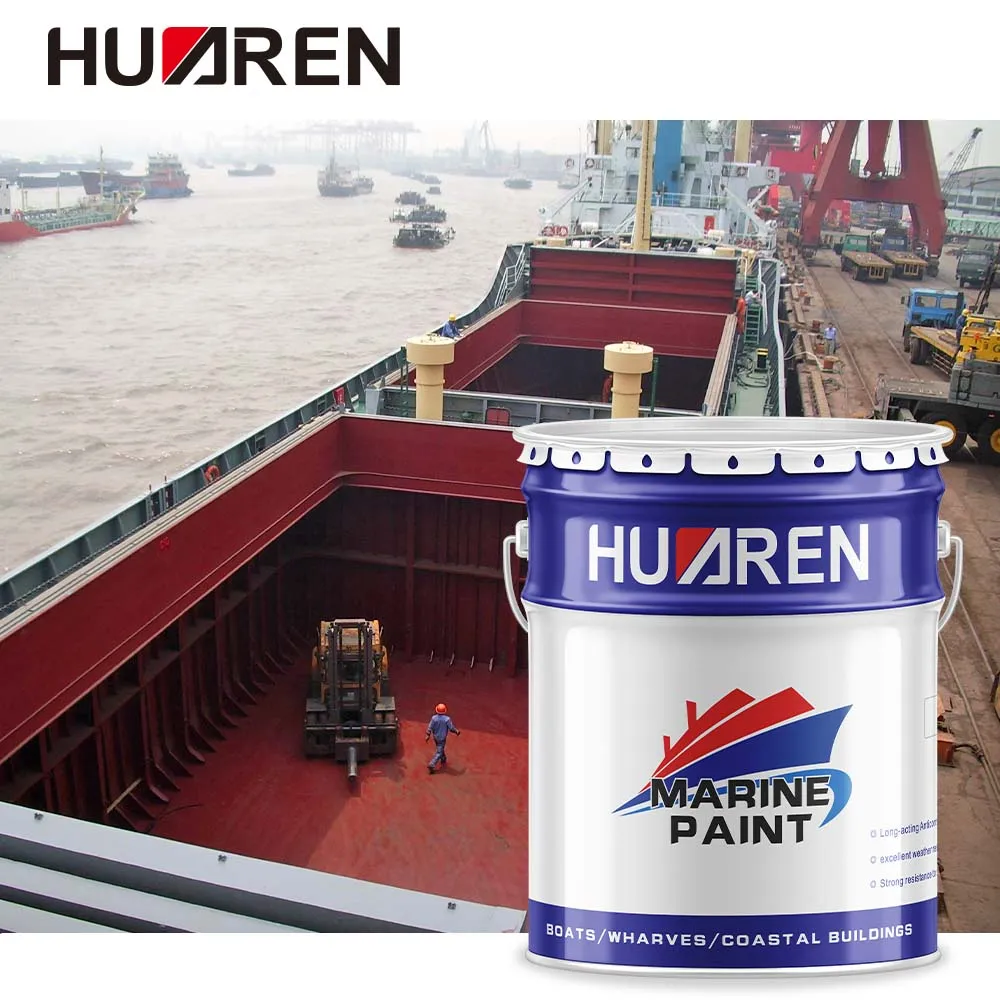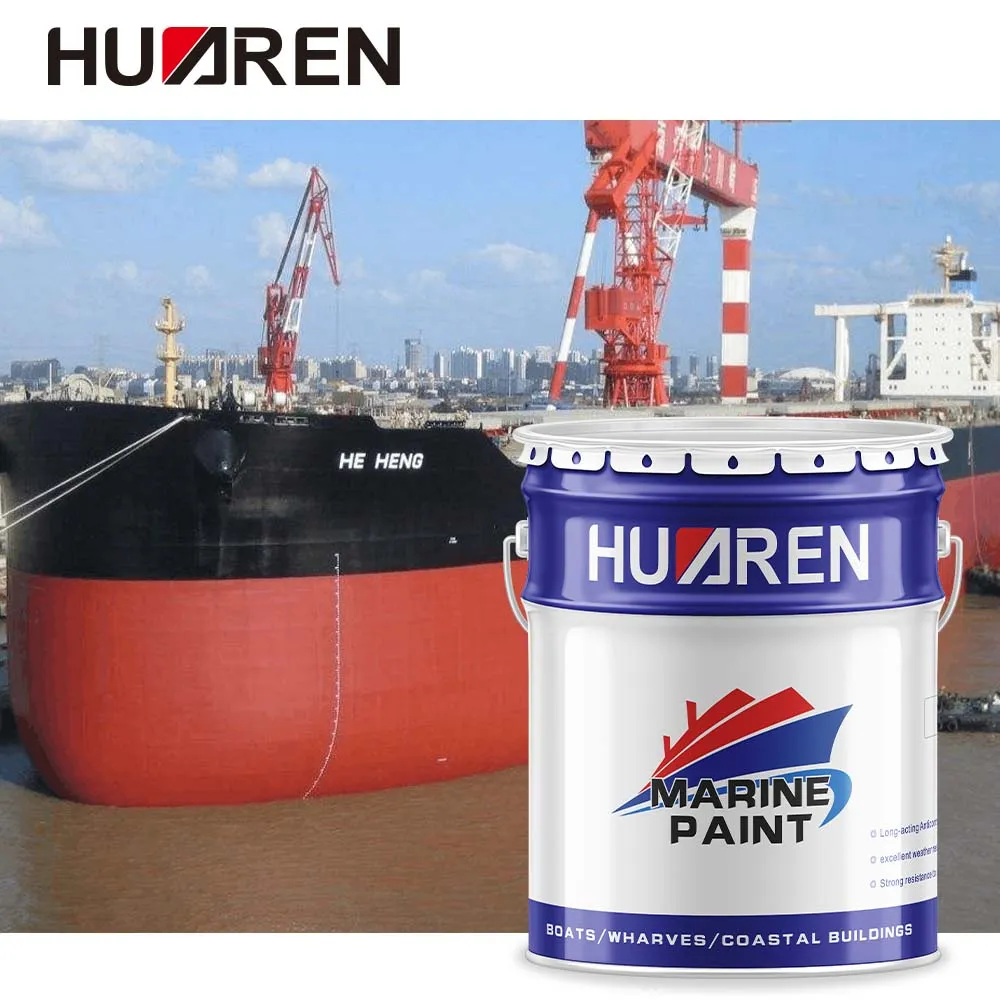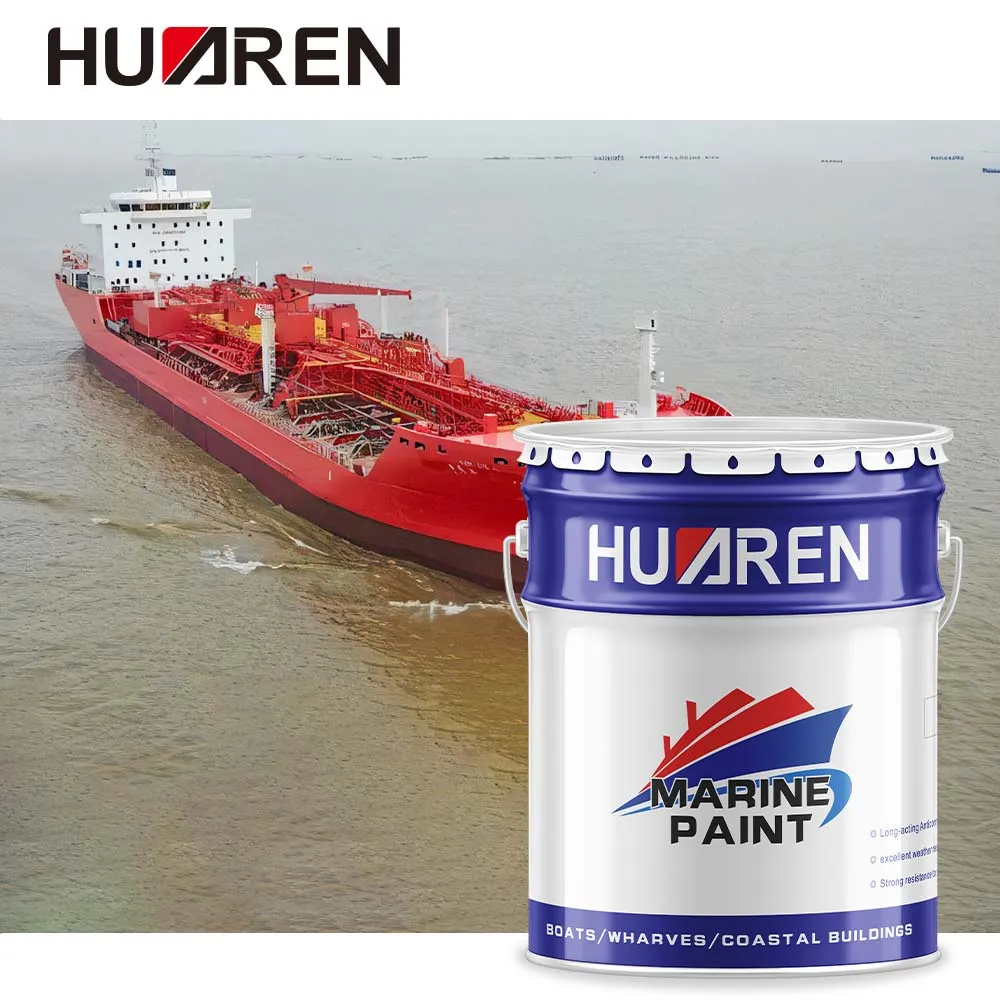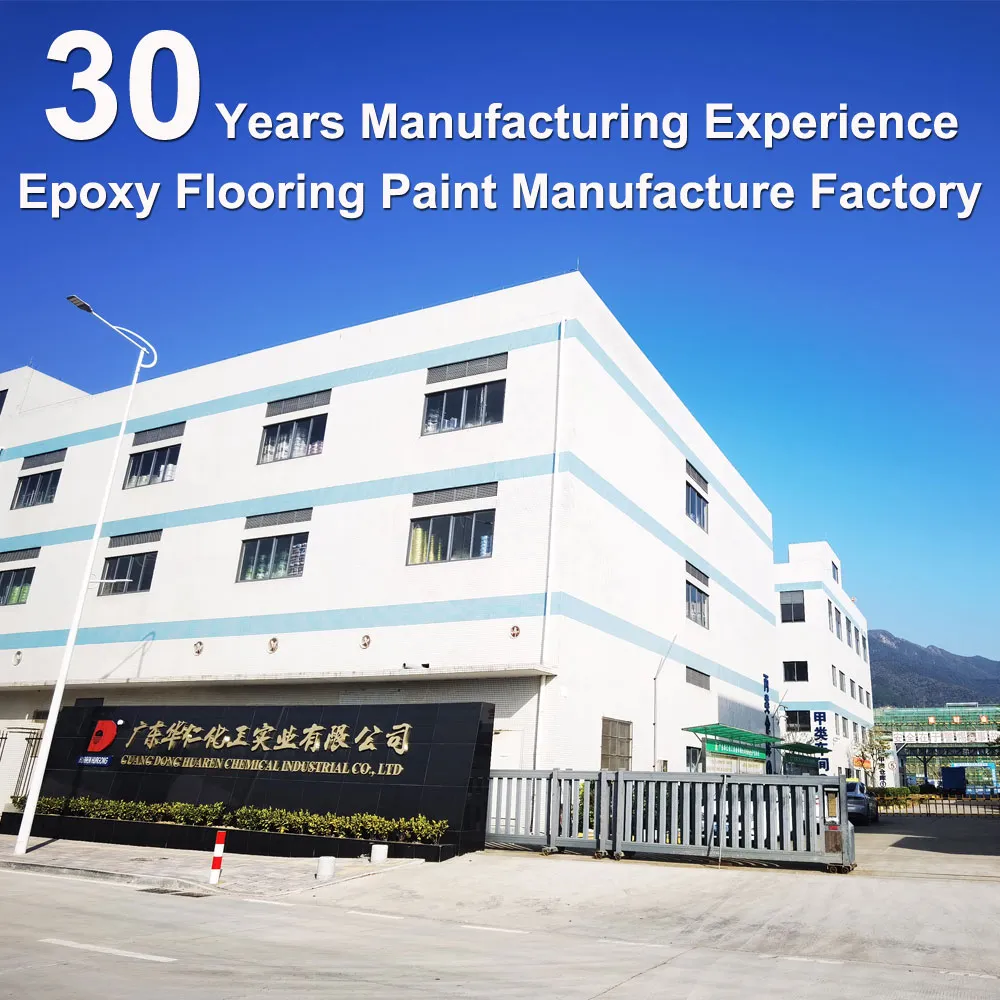In the fields of shipbuilding and marine engineering, self-polishing antifouling paint is a widely used special coating used to reduce the impact of biological adhesion on the bottom of the ship or other underwater structures. This type of coating has a unique chemical design that allows the coating to dissolve slowly, releasing active substances to prevent the adhesion of marine organisms (such as shellfish, algae, etc.), while maintaining a smooth surface and improving the operating efficiency of the ship.
So, what chemicals are contained in self polishing antifouling paint? How do these substances work? This article will explore in detail the composition, core ingredients and functions of self polishing antifouling paint.

What is the principle of self polishing antifouling paint?
The core of self-polishing antifouling paint lies in its "self-polishing" mechanism. By designing a special coating matrix, the coating can slowly chemically degrade or physically dissolve in the water environment, releasing active antifouling agents (usually biocides or metal ions), thereby preventing marine organisms from attaching. In addition, the dissolution process will continuously renew the surface of the paint film to maintain a smooth structure.
This paint is particularly suitable for the bottom of ships, because reducing the biofouling on the bottom of the ship can not only reduce fuel consumption and increase the speed, but also extend the maintenance cycle. Therefore, self polishing antifouling paint is an important paint that combines functionality and economy.
What chemicals are contained in self polishing antifouling paint?
Chemicals contained in self polishing antifouling paint:
1. Polymer matrix
2. Antifouling active substances
3. Fillers and additives
4. Solvents

1. Polymer matrix
The polymer matrix is the main component of self polishing antifouling paint and directly determines the dissolution behavior and durability of the coating. The following are common types of polymers:
● Zinc acrylate resin-based polymers: Zinc acrylate resin is one of the common self-polishing resins, which contains zinc ions in its molecular structure. When the paint film contacts seawater, the zinc ions react with water to form soluble zinc salts, thereby achieving the dissolution of the coating.
● Metal ester-based resins: Some self-polishing antifouling paints use metal esters (such as copper esters) as polymer matrices. This resin slowly hydrolyzes in water, releasing metal ions and polishing the surface.
● Silicone acrylic resin: Silicone-based polymers are a more environmentally friendly option with low toxicity and good weather resistance. Silicone acrylic-based paints can dissolve evenly in seawater and inhibit biological attachment.
2. Antifouling active substances
Antifouling active substances are key components in self polishing antifouling paints. Their main function is to inhibit or kill marine organisms. Here are several common active substances:
● Copper compounds: Copper is the main active ingredient in traditional antifouling paints, with cuprous oxide (Cu2O) being the most common. Cuprous oxide slowly dissolves in seawater, releasing copper ions that can effectively kill a variety of marine organisms, such as algae and shellfish.
Advantages: Highly effective antifouling, low cost.
Disadvantages: May be toxic to the aquatic environment.
● Organotin compounds (now banned): Historically, organotin (such as tributyltin, TBT) was widely used in antifouling paints, but due to its serious harm to the environment, the International Maritime Organization (IMO) completely banned the use of organotin paints in 2008.
● Alternative biocides: With the improvement of environmental awareness, many antifouling paints have begun to use environmentally friendly biocides, such as fluorides or organic amine compounds. These substances can provide excellent antifouling performance at a lower toxicity level.
3. Fillers and additives
Although fillers and additives are not the main components of self polishing antifouling paint, they play an important role in enhancing the performance and stability of the paint.
● Mineral fillers: Some antifouling paints contain fillers such as silicates and calcium carbonate to adjust the hardness and durability of the coating.
● Rheology modifiers: Rheology modifiers can improve the fluidity and construction performance of the paint and ensure uniform coating of the paint film.
● Anti-UV agent: Although boat bottom paint is not usually exposed to sunlight, some anti-fouling paints also add anti-UV agents to prevent UV damage during storage and transportation.
4. Solvents
The role of solvents is to reduce the viscosity of the paint, making it easier to brush or spray. Solvents in self polishing antifouling paints usually include the following types:
● Xylene
● Butanol
● Glycol ethers
These solvents evaporate during the coating process and do not remain in the paint film.

What is the anti-fouling mechanism of self polishing antifouling paint?
1. Physical polishing
self polishing antifouling paint keeps the surface of the paint film smooth by slowly dissolving the surface layer. This smooth surface is not conducive to the attachment of marine organisms, thereby reducing biofouling.
2. Chemical biocides
The release of anti-fouling active substances can directly kill or inhibit the growth of marine organisms. For example, copper ions and certain biocides are highly toxic to algae and shellfish, and can significantly reduce biological attachment on the bottom of the ship.
3. Long-term protection
By controlling the release rate of active substances, self polishing antifouling paint can provide a continuous antifouling effect, usually maintaining performance for 3 to 5 years.

Environmental issues of self polishing antifouling paint
Although self polishing antifouling paint plays an important role in the shipbuilding industry, the chemicals used may have a certain impact on the marine environment. For example, cuprous oxide and certain organic biocides may poison non-target biological communities. For this reason, the international community has formulated strict regulations on the chemical composition of antifouling paints.
Some countries and regions have begun to promote the use of more environmentally friendly self polishing antifouling paints, such as copper-free antifouling paints or products containing low-toxic biocides. These new coatings maintain good antifouling performance while reducing the environmental burden.
How does Huaren Chemical ensure the quality of its products?
At Huaren Chemical Industry Co., Ltd., quality control is a top priority. We follow ISO 9001 and ISO 14001 standards to ensure that our industrial coatings meet global quality requirements. Our advanced production lines and experienced technical team enable us to deliver high-quality products consistently. If you're seeking reliable, durable coatings, we are the supplier you can trust.

